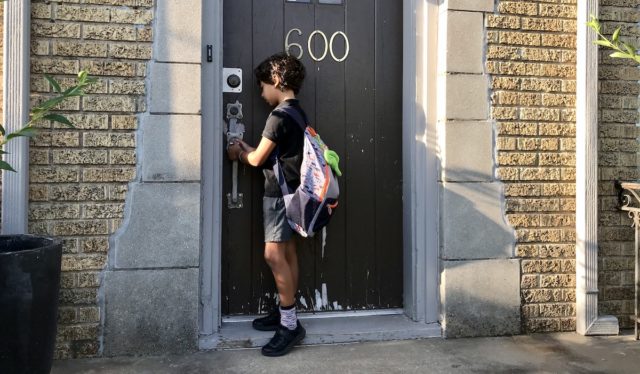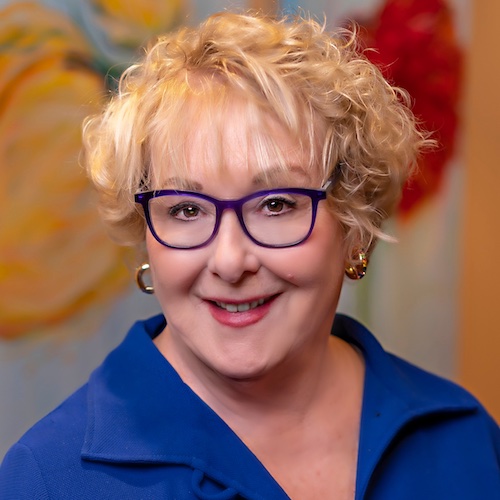
Every August, when Oklahoma children return to school, my thoughts turn to our latchkey kids and the hazards and menaces they face. These kids, who return from school to spend several hours home alone while their parents work, often feel lonely and isolated. Research shows prolonged loneliness can be devastating, possibly giving rise to depression, anxiety, irritability and high-risk behaviors.
In fact, among mental health professionals, the hours that latchkey kids spend at home are known as “the danger zone.”
During the 3 to 6 p.m. window, juvenile violent crimes triple, and youth are more likely to drink, smoke and do drugs. They are also more likely to become victims of crime. For example, sexual assaults on children are most likely to occur at 8 a.m., noon and 3-4 p.m. (In contrast, adults are more likely to be victims of sexual assault between midnight and 2 a.m.)
Fortunately, there is an obvious way to help keep these risks at bay: after-school programs. Children benefit in numerous ways from enriched learning, recreation, the arts, and being around nurturing and supportive adults during the danger zone hours. We are fortunate to have a number of successful and affordable after-school programs in Oklahoma, but we still need to invest in developing more in order to safeguard the mental wellbeing of our most vulnerable kids.
The danger zone
Oklahoma is not an easy place for children and youth to grow up. In fact, a March 2021 study named Oklahoma as one of the worst states for kids, ranking 44 out of 50.
Dig a little deeper and you discover some statistics that are far more alarming than even our comprehensive scores. For example, the childhood poverty rate for Oklahoma is 21.4 percent; however, for Jefferson County, it’s nearly 38 percent. The state’s overall teen pregnancy rate is 27.4 percent, but in Coal County it’s an astonishing 54.3 percent. Oklahoma’s overall childhood hunger rate is 22.2 percent, but in Choctaw County it’s nearly 30 percent.
The 189,000 children living in poverty in Oklahoma are already at disproportionately high risk of mental health problems and other adverse experiences. Additionally, the COVID-19 pandemic has just added to many of the stresses latchkey kids already experience. The pandemic created a prolonged state of physical isolation from friends, peers, teachers, extended family and community, along with a loss of school-based social support, activities, routines and rituals.
Now, as the delta variant surges, so are children’s stress levels. They are coming home to empty houses, adjusting to a new school year, worrying about getting sick and the wellbeing of their families.
The result is that latchkey kids are now more vulnerable than ever.
The need for after-school programs
According to the Afterschool Alliance, a national nonprofit working to increase access to affordable after-school programs, for every Oklahoma student in a free after-school program, four are waiting for an available program.
Sometimes referred to as expanded learning opportunities (ELOs), these programs can provide kids and teens in poverty with enrichment activities often reserved only for those whose parents have money. They can make the hours of 3 to 6 p.m. less dangerous and potentially reduce and even prevent mental health problems, criminal behavior and alcohol and drug use.
I know this to be true because I have seen it up close and personal throughout my 47 years working in the mental health field.
Early on, as young social worker, I spent my days in public housing, counseling children and families. I also coached a sixth-grade softball team, which provided the girls on the team with a structured activity after school and on Saturdays. I got to know the kids and their families, and it was striking to see how something as simple as a softball team could build bonds and boost confidence.
The creation of more quality after-school programs must be a priority for local, state, and federal officials and lawmakers. I hope the millions of American Rescue Plan dollars that Oklahoma receives will make a difference.
I’m now vice president of the Alliance of Mental Health Providers of Oklahoma, the largest network of mental health providers in the state. Our nine-member agencies are on the frontlines helping children overcome adversity and providing services for people impacted by mental illness and addiction.
Every day in our work, we see so many tragic problems. Removing kids from the danger zone and placing them in stimulating after-school programs is a sensible, preventive initiative that could help alleviate some of this pain, and the effort deserves our full support.






















